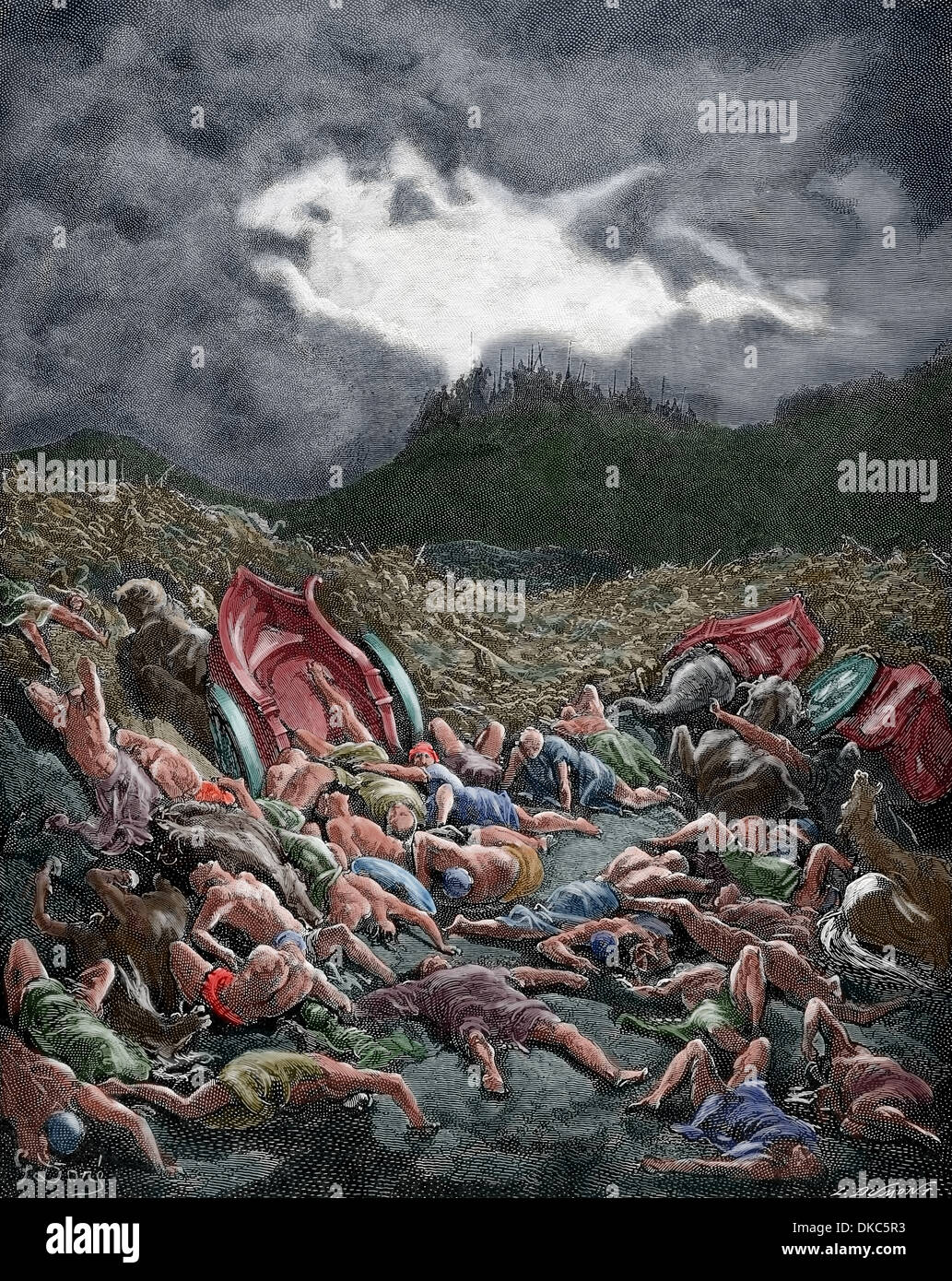

Other kings attested to in contemporary sources are Barachel (attested to in several contemporary seals) and Hissalel - Hissalel reigned about 620 BCE, and is mentioned in an inscription on a bronze bottle found at Tel Siran in present-day Amman, along with his son, King Amminadab II, who reigned around 600 BCE.Īrchaeology and history indicate that Ammon flourished during the period of the Neo-Babylonian Empire (626 to 539 BCE). 650 BCE) was among the tributaries who suffered in the course of the great Arabian campaign of Assurbanipal. Somewhat later, the Ammonite king Amminadab I ( fl. An Assyrian tribute-list exists from this period, showing that Ammon paid one-fifth as much tribute as Judah did. In 734 BCE the Ammonite king Sanipu was a vassal of Tiglath-Pileser III of Assyria, and Sanipu's successor Pudu-ilu held the same position under Sennacherib ( r. 705–681) and Esarhaddon ( r. 681–669). The Kurkh Monolith lists the Ammonite king Baasha ben Ruhubi's army as fighting alongside Ahab of Israel and Syrian allies against Shalmaneser III at the Battle of Qarqar in 853 BCE, possibly as vassals of Hadadezer, the Aramaean king of Damascus. The Ammonites occupied the northern Central Trans-Jordanian Plateau from the latter part of the second millennium BCE to at least the second century CE.Īmmon maintained its independence from the Neo-Assyrian Empire (10th to 7th centuries BCE) by paying tribute to the Assyrian kings at a time when that Empire raided or conquered nearby kingdoms. Further information: List of rulers of Ammon


 0 kommentar(er)
0 kommentar(er)
